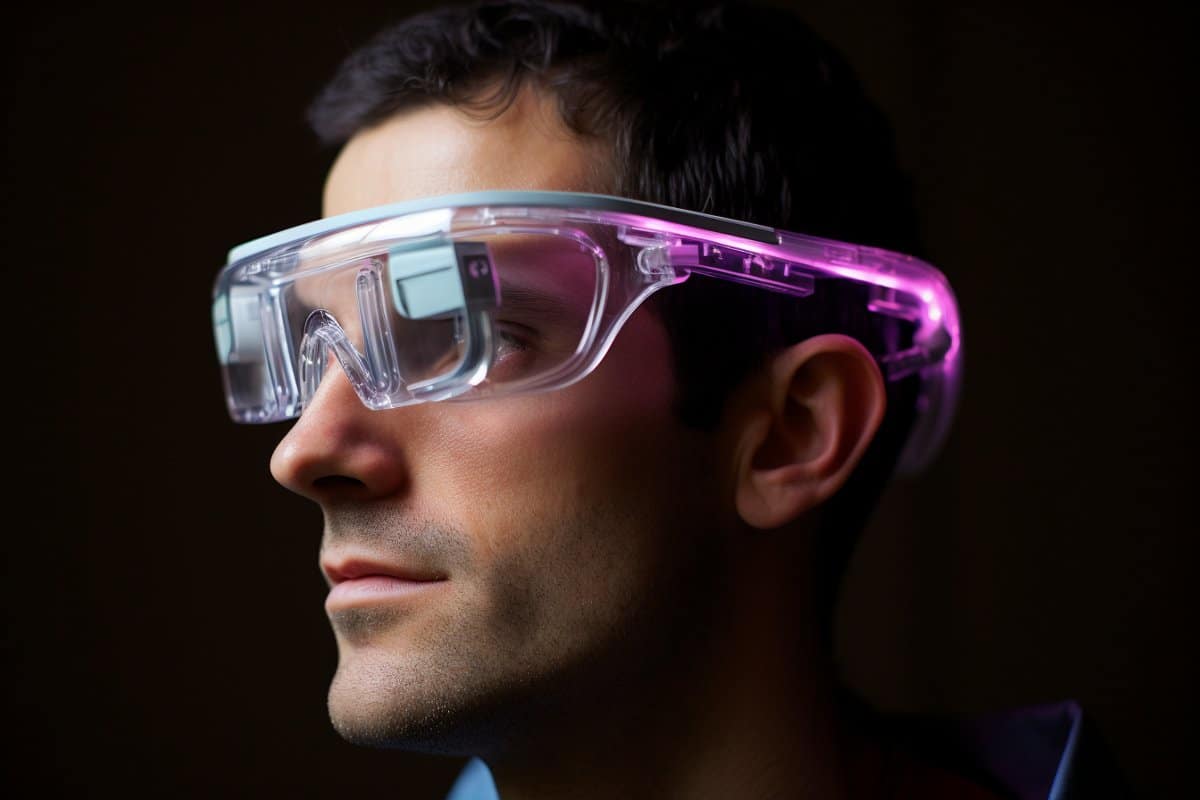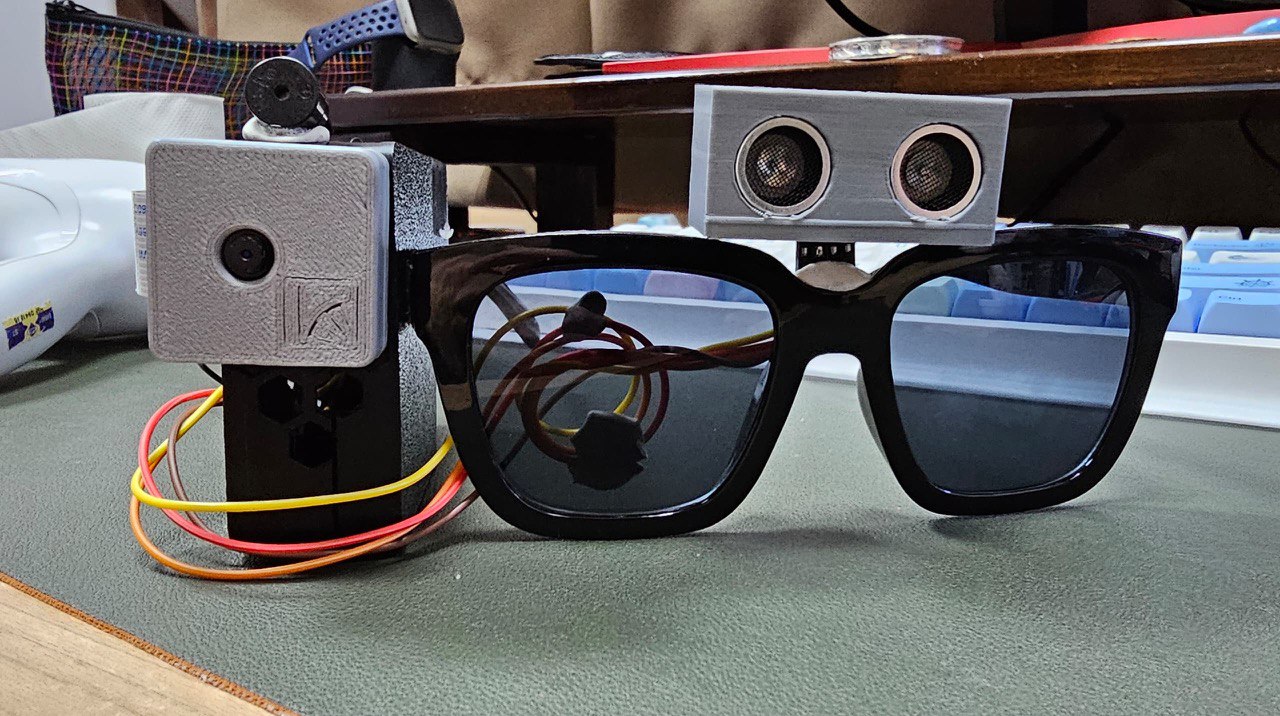Wearable Technology for Low Vision: Transforming How We Navigate the World
Wearable Technology for Low Vision: Transforming How We Navigate the World
Blog Article
Empowering Freedom With Assistive Modern Technology for the Blind
The assimilation of assistive technology for individuals that are aesthetically impaired or blind stands for a substantial innovation in fostering self-reliance and improving lifestyle. With a range of tools-- from display visitors to ingenious tactile tools-- these technologies not only promote navigation and communication but also advertise social inclusion and involvement in various aspects of life. As we discover the diverse kinds of assistive gadgets and their real-world applications, it comes to be clear that the influence is profound. Yet, the advancement of this modern technology increases crucial concerns regarding ease of access and future developments that warrant further exam. Assistive technology for the blind.
Understanding Assistive Innovation
Although assistive technology has actually developed substantially over the years, its fundamental objective remains the very same: to enhance the lifestyle for people with disabilities, specifically those who are blind or aesthetically damaged. This innovation incorporates a broad variety of devices and gadgets that facilitate self-reliance and capability in day-to-day activities.
Assistive innovation can be categorized into low-tech and high-tech services, each created to meet particular requirements. State-of-the-art gadgets commonly consist of software program applications, specialized hardware, and adaptive tools that use sophisticated innovation to provide assistance in numerous contexts. On the other hand, low-tech options might entail everyday products that are customized to enhance availability, such as magnifiers or tactile pens.
The assimilation of assistive modern technology into the lives of people that are blind or aesthetically hindered not just advertises freedom however additionally fosters social addition and involvement in expert and academic atmospheres. By leveraging these innovations, individuals can navigate their surroundings, access information, and connect efficiently, consequently improving their overall lifestyle. Understanding assistive technology is essential for caregivers, supporters, and specialists that aim to sustain individuals in maximizing their possible and accomplishing greater freedom.
Kinds Of Assistive Tools
Assistive gadgets for the visually damaged and blind are important devices that improve daily obeying addressing certain challenges run into by individuals. These gadgets can be broadly categorized right into three major kinds: optical tools, electronic gadgets, and sensory gadgets.

Sensory tools, such as Braille displays and tactile maps, offer different methods to obtain details. Braille presents convert electronic message into Braille, allowing customers to go through touch. Responsive maps offer spatial understanding via raised textures and lines, enabling much better ecological awareness.
With each other, these assistive tools empower people with visual disabilities to engage even more totally with their surroundings, promoting greater independence and self-confidence in day-to-day activities.

Effect on Life
The combination of assistive modern technology into the everyday lives of people who are blind or aesthetically impaired substantially boosts their ability to communicate and browse with the world around them. Tools such as display readers, Braille shows, and mobile applications assist in accessibility to info, permitting customers to involve with electronic material, communicate efficiently, and handle everyday tasks individually.
Additionally, innovations like wise glasses and navigating applications offer real-time help in unknown atmospheres, enhancing flexibility and confidence. These tools enable users to identify challenges, reviewed indications, and even identify faces, therefore fostering a feeling of freedom in public areas. Furthermore, home automation systems, which can be regulated via voice commands, permit people to manage their living environments better, enhancing comfort and safety and security.
The impact of assistive technology prolongs beyond practical jobs; it advertises social incorporation and psychological wellness. By bridging the gap between people and their environments, these innovations empower customers to take part totally in area tasks, go after academic opportunities, and take part in significant connections. Ultimately, the development of assistive modern technology contributes in redefining the possibilities for people that are aesthetically impaired or blind, resulting in a more accessible and comprehensive society.
Success Stories and Endorsements

An additional effective review originates from Mark, a current university graduate that utilized screen reading software application throughout his scholastic journey. This innovation allowed him to access course products and take part in discussions, eventually bring about his effective transition right into the workforce. Mark debts assistive technology for encouraging him to accomplish his job objectives, stressing its function in leveling the playing field for individuals with visual impairments.
Furthermore, community facilities have actually reported enhanced engagement in their programs many thanks to the intro of obtainable electronic platforms. These platforms have made it easier for individuals to link, share resources, and support each other. These success stories collectively emphasize the extensive effect of assistive modern technology in promoting self-reliance, enhancing lifestyle, and damaging down barriers for the blind and aesthetically damaged neighborhood.
Future Trends in Assistive Tech
Emerging innovations are poised to transform the landscape of assistive technology for individuals that are visually impaired or blind. Developments in man-made knowledge (AI) and artificial intelligence are enhancing the abilities of gadgets, allowing even more user-friendly user experiences. AI-driven applications are significantly able to acknowledge things and read text aloud in real-time, providing individuals with valuable info concerning their surroundings.
In addition, innovations in wearable innovation are developing new possibilities for freedom. Smart glasses outfitted with augmented fact attributes can overlay critical information onto the user's line of vision, assisting in navigating and interaction with the environment. In addition, the combination of Web of Points (IoT) gadgets is simplifying ease of access in smart homes, allowing users to control appliances and get notices via voice commands or responsive interfaces.
The development of braille screens and responsive comments systems is also rising, advertising accessibility to digital web content and enhancing communication. As these buy rgp contact lenses technologies remain to advance, they promise to improve day-to-day living, educational chances, and work prospects for people with visual problems. Continual collaboration between engineers, customers, and advocacy teams will be important in making certain these advancements meet the needs of the community properly.
Conclusion
To conclude, assistive technology plays a critical duty in improving the freedom of people who are aesthetically damaged or blind. By giving important tools and resources, these technologies help with boosted access, interaction, and navigation to information, consequently promoting freedom and positive self-image. The transformative impact of assistive devices not only advertises efficient communication with the atmosphere yet additionally motivates social inclusion and participation in numerous aspects of life, ultimately encouraging users to grow within their neighborhoods.
The combination of assistive technology for people who are blind or aesthetically damaged represents a considerable improvement in promoting self-reliance and enhancing quality of life.The integration of assistive technology into our website the lives of people that are blind or aesthetically impaired not only advertises freedom however additionally promotes social addition and participation in instructional and professional settings. Eventually, the improvement of assistive modern technology is instrumental in redefining the opportunities for individuals that are blind or aesthetically impaired, leading to an extra obtainable and comprehensive culture.
Lots of individuals who are aesthetically impaired or blind have shared inspiring success stories that highlight the transformative impact of assistive innovation on their lives.In conclusion, assistive technology plays a pivotal function in enhancing the independence of individuals who are aesthetically impaired or blind.
Report this page